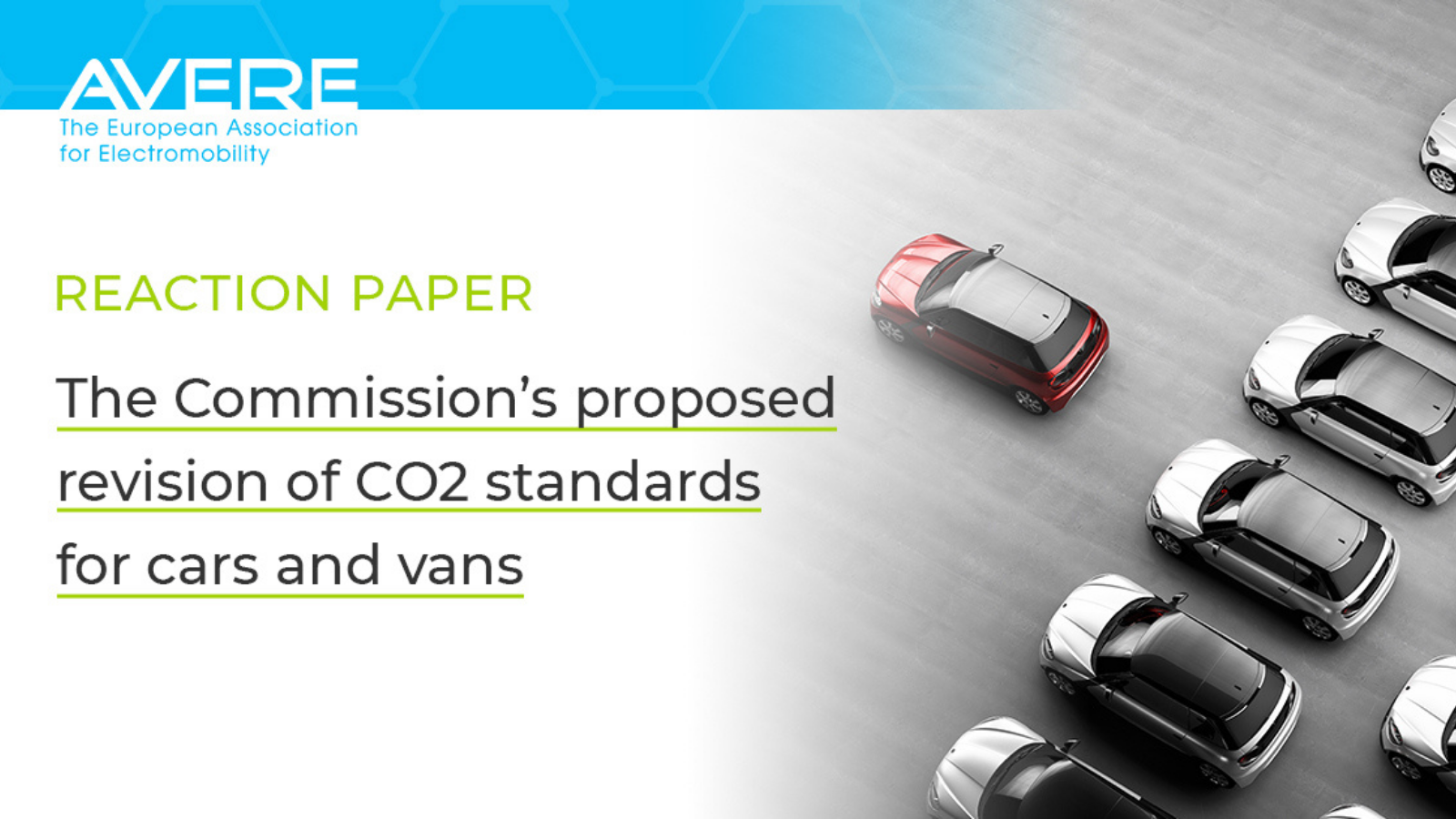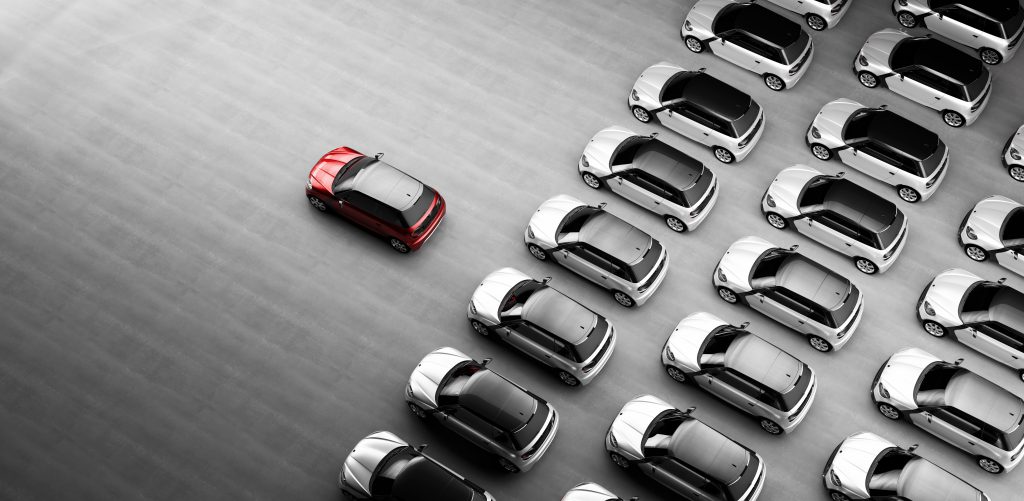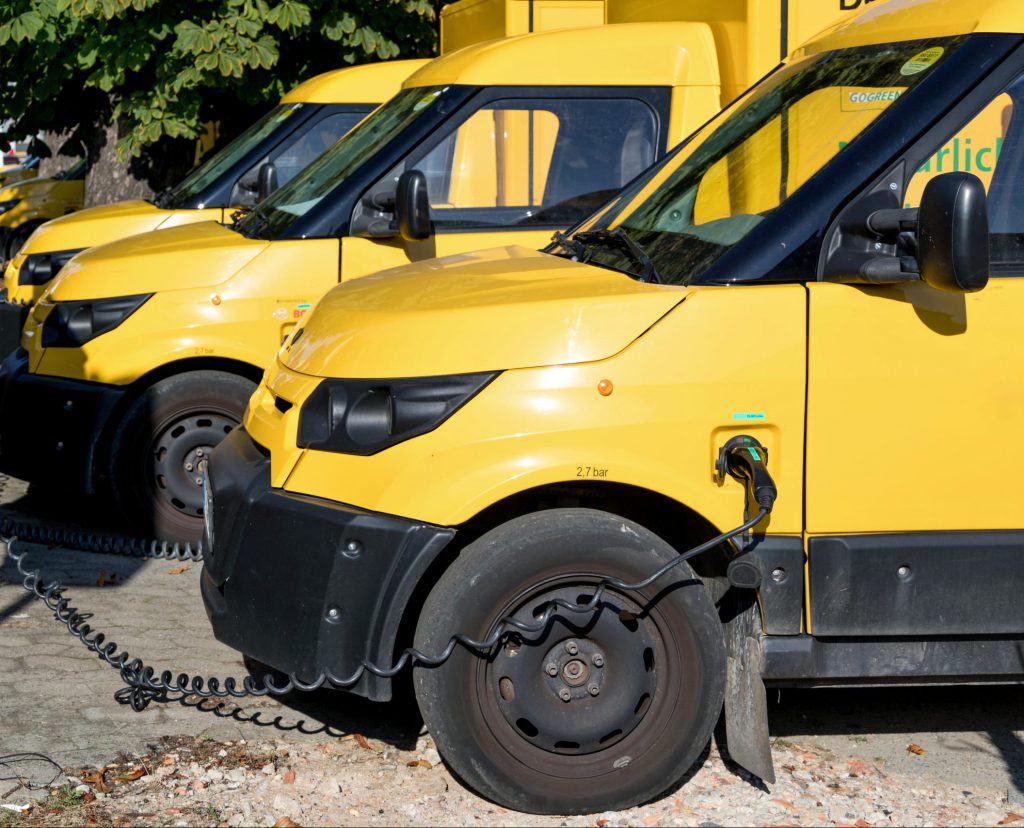
01.12.2021

AVERE strongly welcomes the Commission’s initiative to revise the EU’s CO2 standards for cars and vans. The clear trajectory laid out to phase out internal combustion engine vehicles by 2035 is a crucial and necessary first step towards achieving carbon neutral road transport by 2050, in line with the targets set out by the European Climate Law and the ambition of the Sustainable and Smart Mobility Strategy.
However, scope for improvement remains regarding the overall ambition and pace of the proposed phase-out, as well as in regard to ensuring a smooth transition trajectory. A number of remaining loopholes and exemptions should also be addressed – notably the continued incentives provided for plug-in hybrids despite their clear inadequacy in helping to reach EU climate aims, even as a “transitional” solution.
Phasing out internal combustion: a clear step forward, but a 2030 phase-out is feasible
AVERE welcomes the setting of a clear phase-out date for the sale of new non-zero-emission vehicles as a key milestone towards a fully decarbonised EU road transport sector by 2050. A phase-out date for non-zero-emission vehicles is a necessity to reach a 90% reduction in overall transport emissions by 2050, as targeted by the Commission in the Sustainable and Smart Mobility Strategy. It will also provide clarity for industry and consumers, for example by providing a clear trajectory for reskilling and retraining of the workforce.
However, while the setting of a phase-out date is a crucial instrument to decarbonise EU road transport, the date chosen in 2035 is the absolute latest acceptable one. It is clear that not all new ICE vehicles sold in 2035 would be off EU roads until 2050, as new cars sold today often remain in use for 15 years or longer. In its recent report on “Net Zero by 2050”, the IEA estimated a global phase-out of ICE vehicles would be needed by 2035 to attain the goals of the Paris agreement – the EU, given its economic and technological capabilities, should precede this date and therefore lead by example.
Given many vehicle manufacturers and European governments have already announced phase-outs by 2030 or before, and that purchase cost parity for consumers is expected for the mid-2020s, a phase-out by 2030 is not only feasible, but the only secure path to attaining EU and Paris climate targets. A 2030 end-date to new internal combustion sales would also put the EU in a global leadership role when it comes to decarbonising transport, creating jobs and spurring technological development over the coming decade.
Ensuring a smooth transition: the need for early targets to avoid a “lost decade”
Notwithstanding the need for a more ambitious overall timeline, AVERE supports the Commission’s proposal to revise 2030 targets upwards from their current level, as a crucial interim step in the timeline up to the proposed phaseout in 2035. However, this will not be enough to ensure a smooth transition to 100% electric mobility. A lack of targets and ambition leading up to 2030 risks making the 2020s a “lost decade” for the mass rollout of electric mobility, during which OEMs may delay required changes in the composition of their fleet until noticeably stricter CO2 standards take effect. Given the unambitious 2025 targets of only -15% emissions reductions compared to 2021, which has been left unchanged, OEMs may delay the mass sale of EVs until the end of the decade.
The 2025 ambition should thus be increased to 25% reductions, and the 2030 target of -55% emissions reductions should be brought forward to 2027 as a new interim target. This change will guarantee a smooth transition trajectory for industry, workers and consumers, and allow the broader e-mobility ecosystem to adapt more gradually, while reaping increased climate benefits already in the coming years leading up to 2030.
ZLEV incentives: exclude fake “transitional” solutions for a more effective regulation
AVERE regrets that EU CO2 standards will continue to reward the sale of “Zero- and Low-Emission Vehicles (ZLEV)” through the so-called ZLEV incentive mechanism until 2030. Originally designed to incentivise the initial market uptake of EVs and hybrids on European roads, this mechanism rewards manufacturers selling a minimum share of ZLEVs by reducing their fleet-wide CO2 targets, effectively allowing them to sell more polluting Diesel and Petrol vehicles across the rest of their fleets.
However, the ambition of the current mechanism, which has been left unchanged, is set extremely low: only 15% of total sales are required to be ZLEVs to profit from it, and 20% of sales are sufficient to reach the maximum bonus – a low benchmark given that 19% of sold vehicles in the EU had a plug in Q3 of 2021 already.
Furthermore, it is questionable whether the sale of plug-in hybrids should be rewarded by EU legislation in the first place. The International Council on Clean Transportation (ICCT) estimates that PHEV fuel consumption and tail-pipe CO2 emissions in real-world driving, on average, are approximately two to four times higher than type-approval values, with the real-world share of electric driving for PHEVs being about half the share considered in these values. Plug-in hybrids are therefore not a viable transition technology from internal combustion to electric driving – as correctly acknowledged by the EU’s taxonomy rules, which establish that by 2026, only zero emission vehicles will be considered as contributing to climate change mitigation.
The ZLEV incentive mechanism should therefore be removed entirely from the regulation. By the point it would enter into force in 2025, it will already have outlived its original purpose of bringing a minimum of clean vehicles onto European roads, and stricter CO2 standards alone will be sufficient driver of market uptake for Zero-Emission vehicles.
For a simpler regulation without loopholes: mass adjustment, eco-innovation, small volumes
Beyond the ZLEV incentive mechanism, a variety of further mechanisms have been maintained that allow for relaxation of manufacturers’ targets while offering little or no discernible environmental benefits in return. Notably, this concerns the mass adjustment mechanism which, at present, rewards manufacturers that sell heavier vehicles by adjusting CO2 targets according to the weight of the vehicles sold. In view of encouraging the sale of more resource- and energy efficient smaller and lighter vehicles, this mass adjustment mechanism should be removed.
Similarly, so-called “eco-innovation credits” currently reward manufacturers for reducing the emissions of their internal combustion vehicles through innovative technologies and efficiency gains. However, insufficient provisions are in place to prove the real-world effectiveness of such technologies, and zero-emission vehicles, by definition, cannot profi from the mechanism. In order to place a clearer focus on zero-emission vehicles as the only medium- and long-term way to reach the EU’s climate aims, eco-innovation credits should be phased out from the regulation.
The removal of existing small volume derogations is a welcome change. There is no conceivable reason why cars made by smaller manufacturers should not be subject to the same strict emissions limits as others. In fact, given that mainly premium brands thus far fell under the scope of the exemption, maintaining this derogation would equate to a “free license to pollute” for wealthy citizens, in blatant contradiction with the “ just transition” frequently invoked by all EU institutions. The removal of the derogation should therefore be upheld and, ideally, be brought forward to 2025.
Recognise the lead role of corporate and public fleet
Corporate fleets today account for an estimated 63% of new vehicle sales in the EU. They also drive on average 2.25 times more mileage than privately owned cars, thus accounting for a disproportionate share of emissions. At the same time, corporate cars often quickly enter the second-hand market and become private vehicles after 36-48 months. They are therefore the main driver to bring affordable second hand EVs to the market, particularly in Eastern and Southeastern Member States which, at this stage, remain at an earlier stage of EV market development.

In line with this reasoning and as a complement to the proposed higher CO2 standards, the EU should ensure that the required uptake of EVs to meet the strengthened emissions standards is achieved, as a priority, by electrifying corporate and public sector fleets. This could be done by amending the scope of the Clean Vehicles Directive to include cars belonging to Corporate fleets
Conclusion
Overall, the proposed revision of EU CO2 standards for cars and vans constitutes an important step in the right direction – but scope remains to achieve a more ambitious, simpler, and more effective regulatory framework.
AVERE stands ready to engage with policymakers on how
to ensure a bold, but smooth transition to 100% new Zero
Emission Vehicles on European roads.

